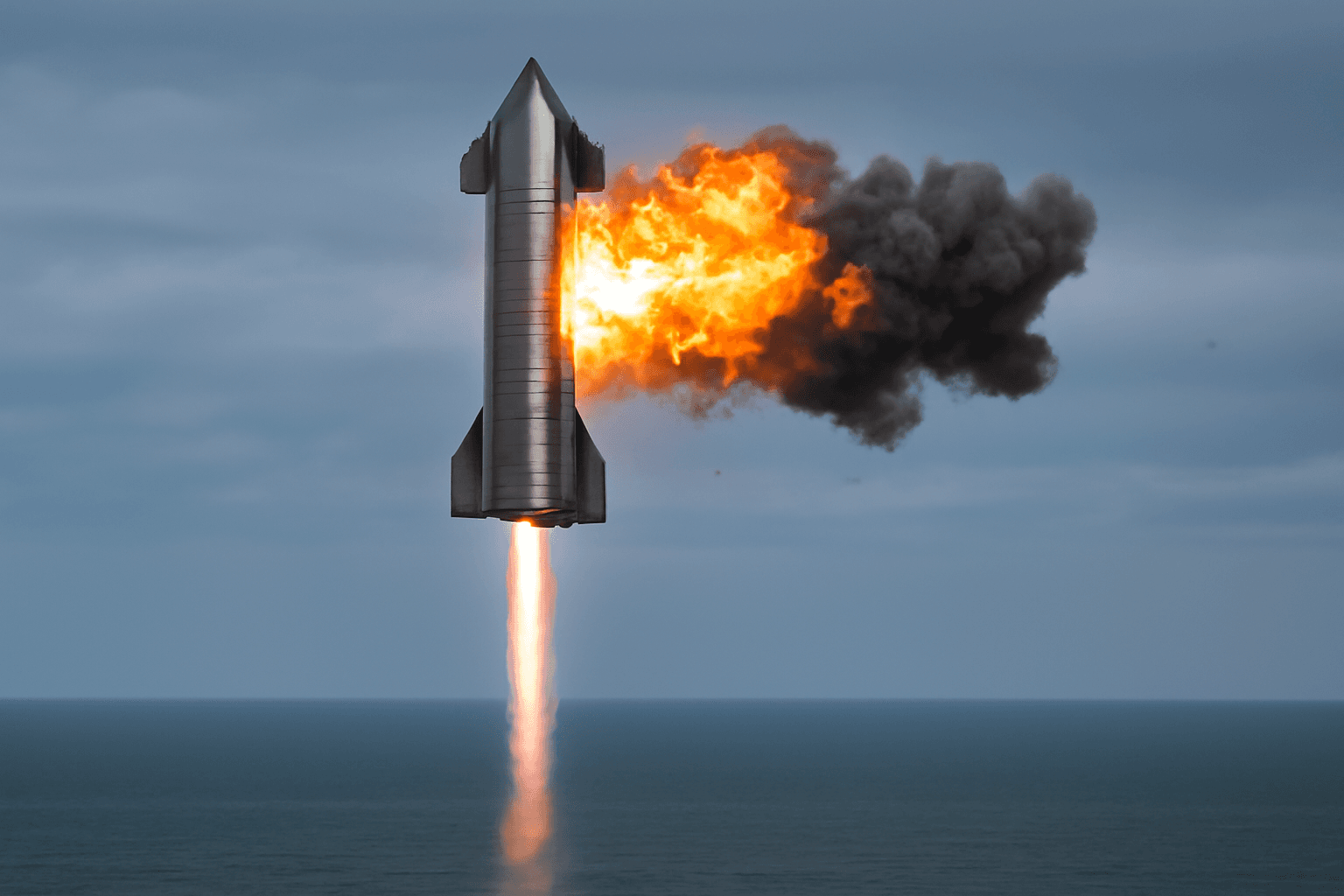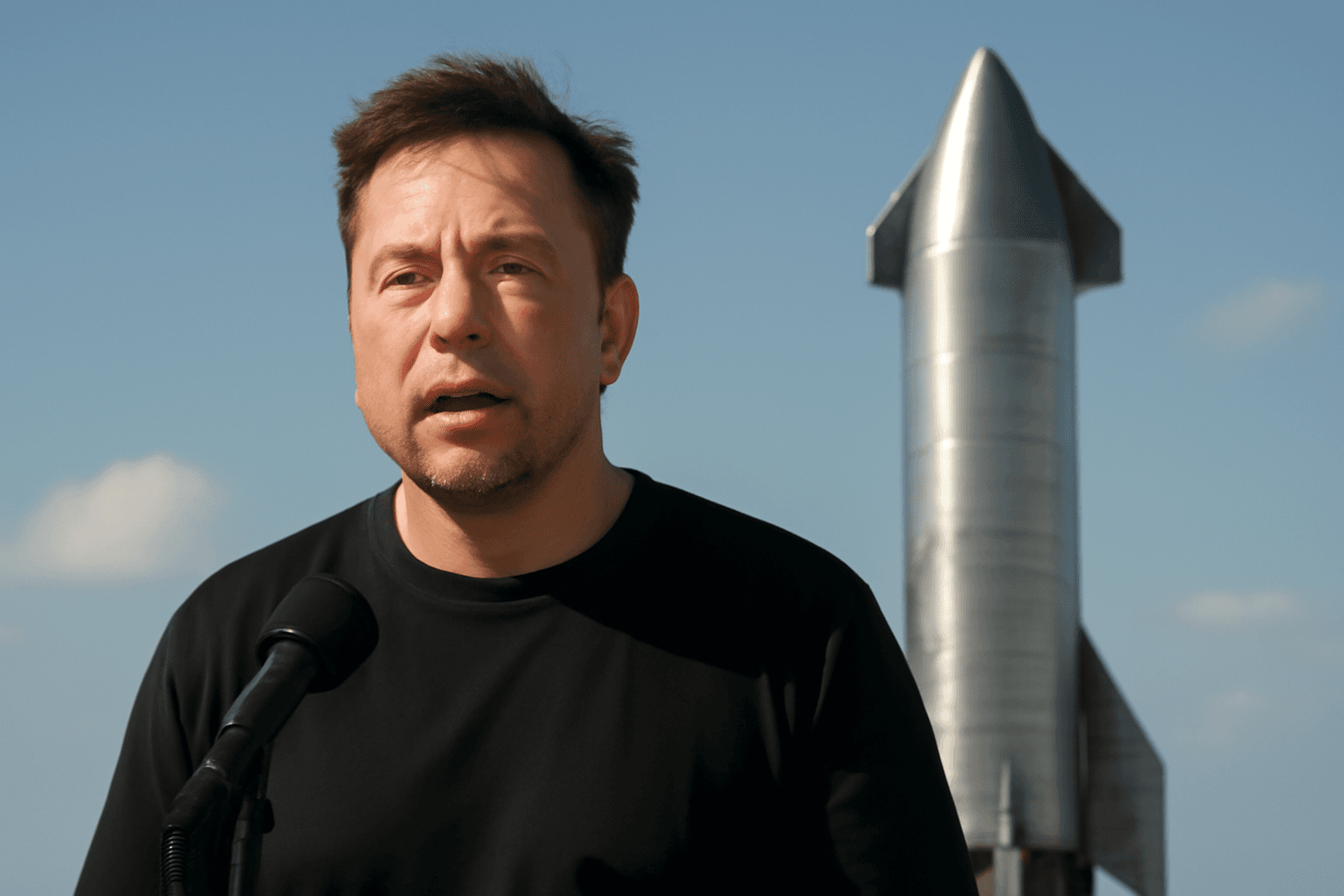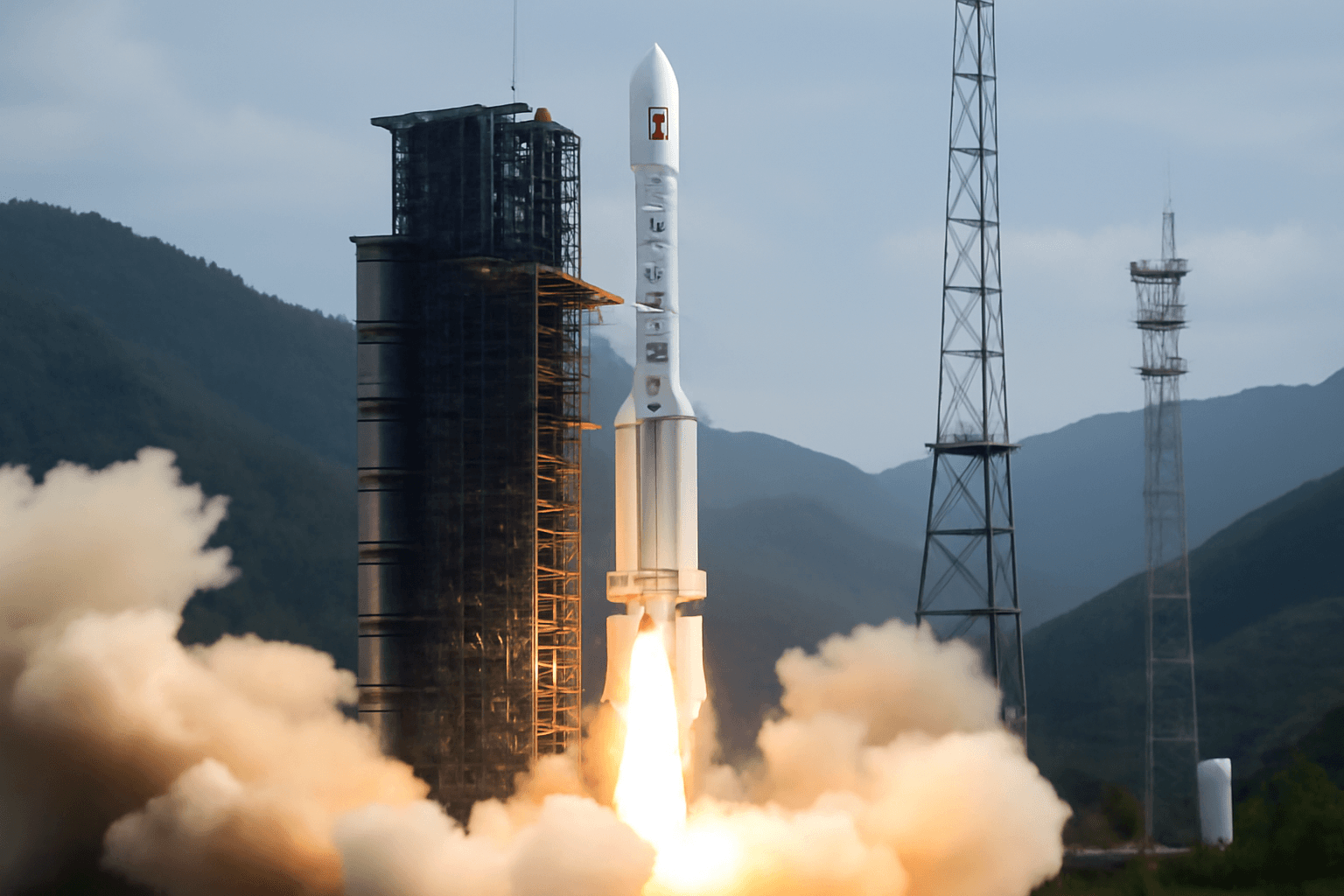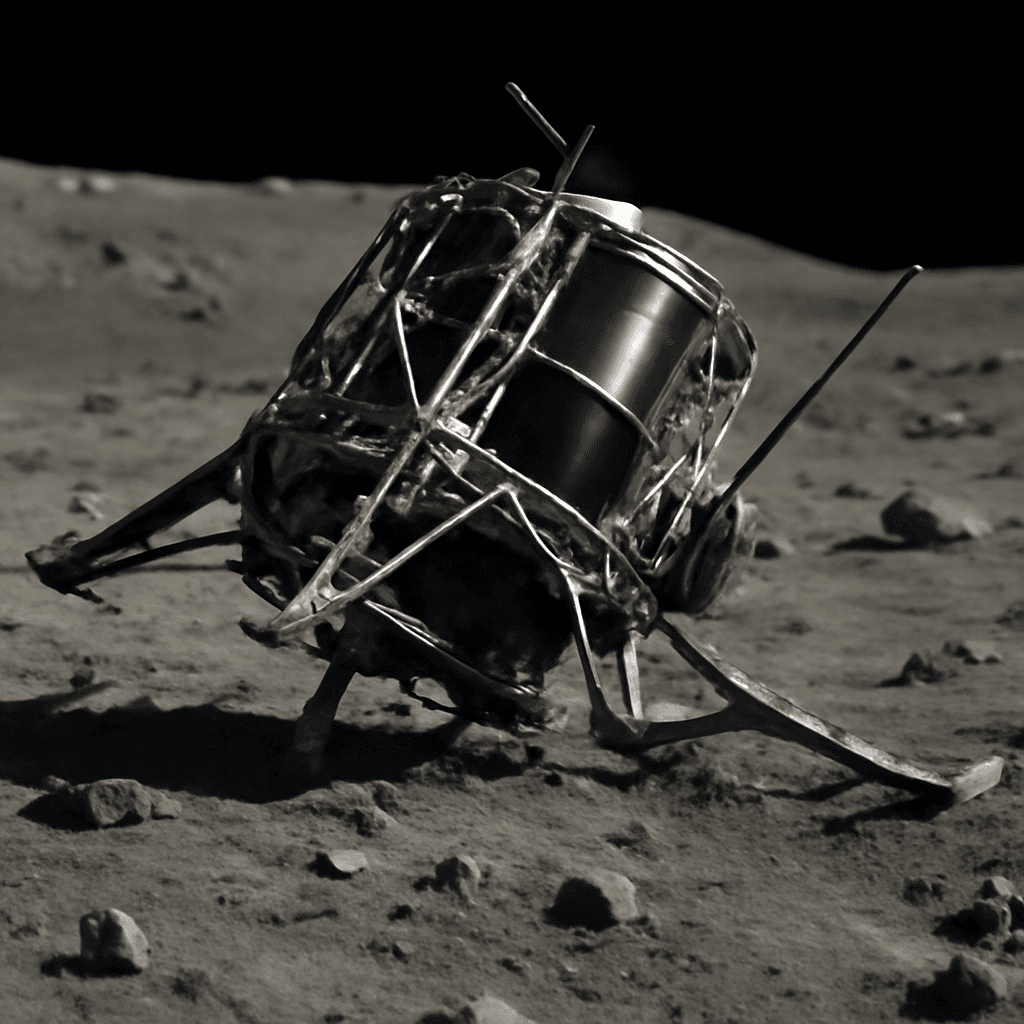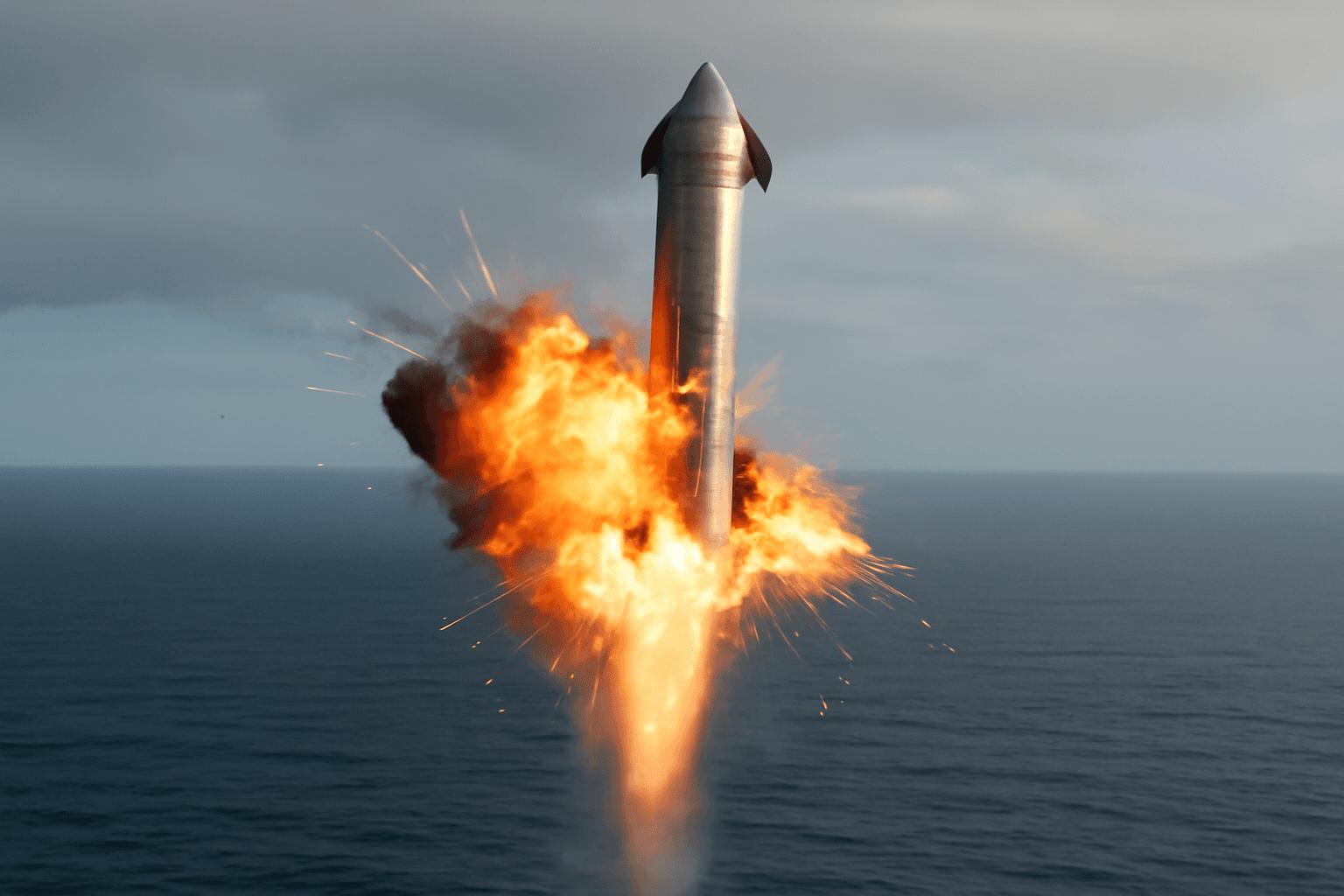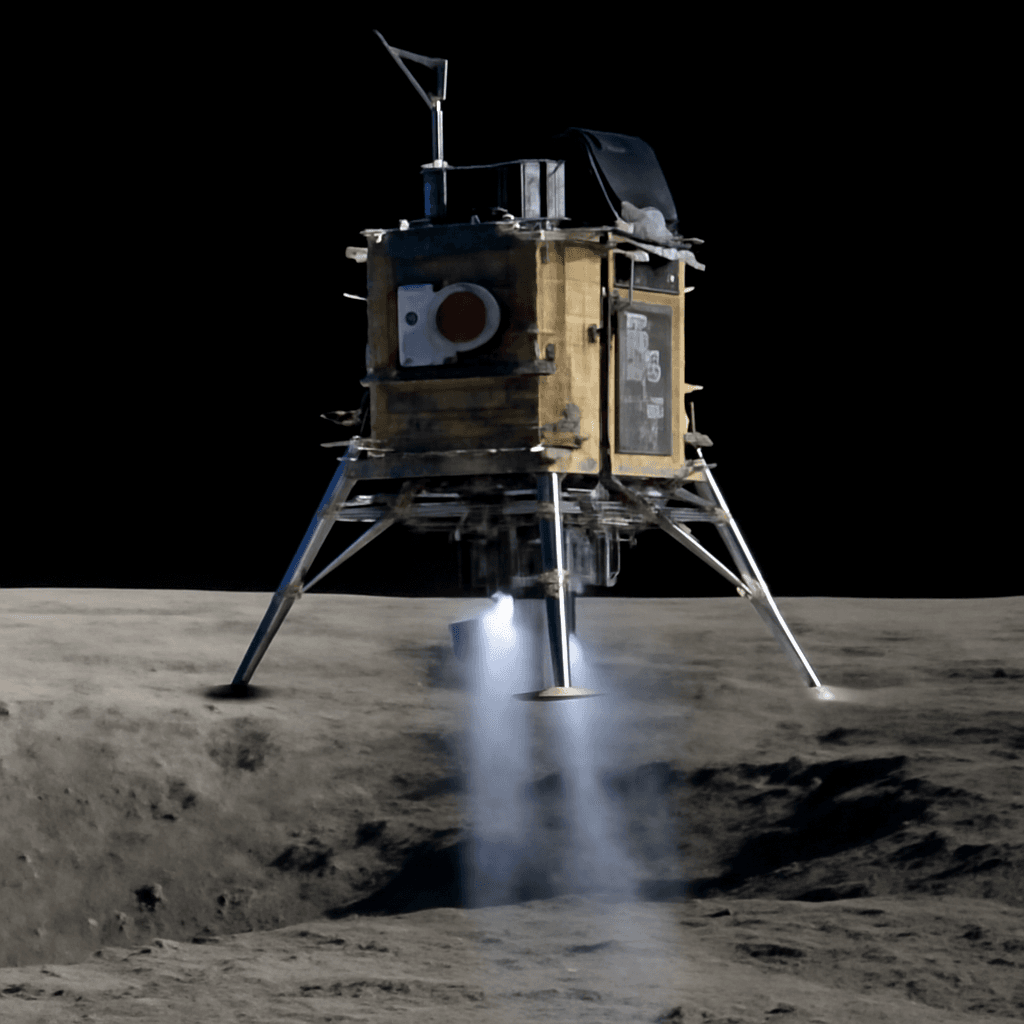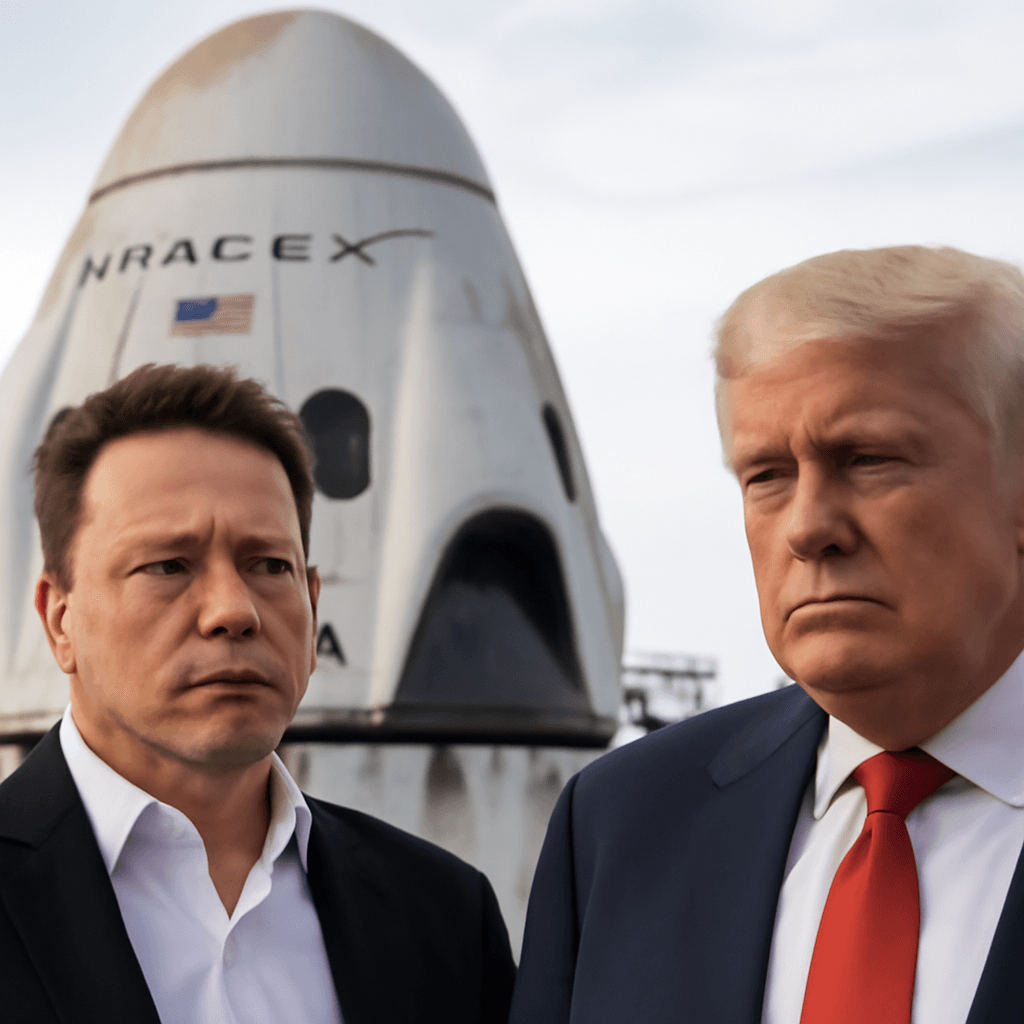Japanese Moon Lander Resilience Loses Communication After Landing Attempt
Japanese space exploration company ispace reported a loss of communication with its uncrewed moon lander, Resilience, shortly after an attempted lunar touchdown on Friday.
Second Mission Aimed at Historic Moon Landing
This mission marked ispace’s second lunar venture following an unsuccessful inaugural attempt two years prior. The goal was to become the first private company outside the United States to achieve a successful soft landing on the moon.
Details of the Landing Attempt
Live-streamed data from ispace indicated that Resilience was descending from lunar orbit during a planned hour-long descent. However, just before the scheduled touchdown time at 4:17 a.m. Japan Standard Time (1917 GMT Thursday), the spacecraft's altitude suddenly dropped to zero, and subsequent contact was lost.
Significance and Next Steps
If successful, the mission would have marked a major milestone for private lunar exploration outside the United States. The cause behind the sudden loss of contact remains under investigation by ispace engineers as they analyze available data to determine the lander's status and the mission’s outcome.
Summary of Key Facts
- Spacecraft: Resilience (uncrewed moon lander)
- Operator: ispace (Japanese private company)
- Mission: Second lunar landing attempt
- Landing Attempt Time: 4:17 a.m. JST, June 6, 2025
- Status: Communication lost post-lunar descent
ispace continues to monitor the situation closely and plans to provide updates as more information becomes available.


